Art
Kochi Muziris Biennale : When Art & Women Mingle
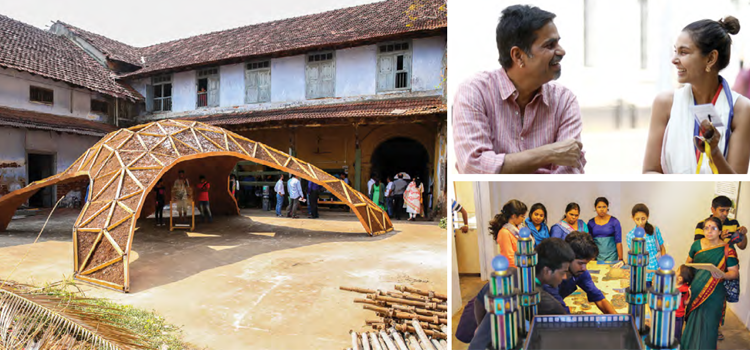
FWD Life examines what happens when women engage in, and with, art and its various media.
Words by Rheanna Mathews Photographs from Various Sources
Before the Kochi-Muziris Biennale (KMB) first came to town, most of us looked at art as something for the elite, layered with meaning that the layperson had no hope of deciphering. Apart from being lauded for its consistent curatorial energy and its position in the vanguard of modern art, the People’s Biennale has mingled with its city and her people, becoming something we await and experience with much enthusiasm. There is an increased awareness of the art world, artists and their versatile media of expression. 31 of the 97 artists that this edition of the KMB brought to us from 36 countries across the world are women. This makes for only 32% of the total number of participating artists and one ponders the cause for this skewed ratio. Is misogyny rampant in the art world too, or has patriarchy been true all this while and are women simply not good enough? The former seems untrue of the KBF which has young, vibrant Manju Sara Rajan and Treessa Jaifer as its CEO and CFO respectively, and the latter is laughable. However, it is possible that systemic patriarchy inhibits most women from pursuing art as a career.
Eruption of Expressions
The knowledge that any ‘medium can be converted to art’ resounds at the ongoing biennale where artists have used different media in their artwork. Dana Awartani, for instance, uses her art to revive interest in dying traditional textile practices and draws on her rich heritage of Islamic geometry and poetry, embroidering delicately intricate patterns on silk, layering meaning and tradition. Caroline Duchatelet explores the interplay of light and landscape, portraying the passage of time and contemplating questions about the recognition of images. Éva Magyarósi, whose installation is a combination of drawings and video, looks at the conversion of thoughts into an artwork and the mingling of dreams and lived experiences. Wura-Natasha Ogunji, known for the wide spectrum of media she employs in her art, has chosen to present four works on trace paper, the thread work in which invokes the feminine in a public space.
Giving Voice
Art as a medium of expression, be it therapeutic or an extension of the cosmos, was largely denied to women for a long while. However, today, as evidenced at the third edition of the KMB, women have claimed space, ever growing, for themselves in the creative world. Not only this, women have learned to use art as a vehicle for change. Social activist and designer, Lakshmi Menon, who initiated her Pen Drive with KBM, as a collateral, was able to create increased awareness of the ills of the unthinking use of plastic disposable pens. The Jana Natya Manch, one of Delhi’s oldest theatre groups, in keeping with the nonconformist traditions of street theatre, chose to depict everyday incidents that women are forced to face and accept as matters of course, in their The Faces of Violence (Yeh Bhi Hinsa Hai). The cathartic reactions of the crowds at different locations were proof of the effect the third theatre, brought outside the proscenium, can have on the public. ‘Indian Cinema: A Female Narrative’ curated by Bina Paul as part of the Artists’ Cinema initiative of the KBF explores whether a particular narrative style arises when it’s a woman behind the camera. Lyari Notes, an Indo-Pak production, directed by Miriam Chandy Menacherry from Mumbai and Maheen Zia from Karachi, is a documentary about four girls living in the titular Karachi district of Lyari and learning music despite the violence and the threatening situations that surround them.
When Art Burns Inside
The KMB had a role to play at the social level too. At the ‘Varayude Penma’ art outreach initiative run by the KBF with Kudumbasree, it was found that the participant women, although they’d been artistically active in their childhoods, had to give up that part of themselves once they grew older, as the teasing, and sometimes derision, of friends, neighbours and at times, even family inhibited any artistic inclinations they might have indulged in. The workshop, however, has rekindled their love for art and moreover, has made them realise that “any medium can be converted to art”. The Foundation has also been actively involved with schools and hospitals to further the cause of making art inclusive.
Engaging with Art
If one subscribes to the notion that all good art is political, then it follows that art needs an audience – one that understands and engages with it. In January, a unique workshop was held for 25 participants, to help them overturn the traditional idea of art mediation where ‘experts’ explain artworks to laypersons. Lena Eriksson, a lecturer at the Hochschule Luzern, Switzerland, explained how these new practices attempt to bridge the artwork and the people from different backgrounds who approach it. The KMB has been conducting a series of workshops and lectures at its various venues, mainly at the Cabral Yard Pavilion.
An Audience Beyond Par
When Mallika Sarabhai visited the KMB, she opined that the Biennale was how art was meant to be showcased, that it had become a fixture in India’s cultural landscape, and observed that there seemed to be more women artists and performances this time round. She approved of how the content of the artworks determined the language in which they were portrayed. Lisa Ray, actress, activist and aspiring writer, who found the KMB a fount of inspiration, said that one had to strengthen oneself to experience some of the works at the biennale. Social activist and Magsaysay Award winner Aruna Roy commended the KMB, for it “allows spaces of tolerance and freedom of expression for perspectives different from ours and discovering extraordinary new languages in terms of visual arts and other forms of artistic expression.” And writer K.R. Meera appreciated “the spirit of inclusivity in Sudarshan Shetty’s curatorial vision”. Internationally renowned critics, curators and celebrities have come down to this little town in Kerala to take part in what is a cultural landmark for the country.
The third edition of the Kochi-Muziris Biennale undoubtedly has brought art to the people and remains true to its epithet, ‘the People’s Biennale’. As a space for the expression of differing, controversial and thought-provoking voices, the biennale, with its dedicated triumvirate – Bose Krishnamachari, Riyas Komu (of the Kochi Biennale Foundation) and Curator, Sudarshan Shetty – seems to be living up to its purpose.
Wura-Natasha Ogunji
Place: Nigeria.
Art Type/Medium: Graphite, ink, thread, coloured pencil, acrylic on trace paper.
Exhibits at the Biennale: Ballast 2016 Cheetah 2016 Ballast 2011 View from Atlantis 2015.
Her art is known for its versatility. It brings to focus different aspects of the feminine domain and draws them into an Afropolitan space. Inherently feminist, she uses her work, fantastical and fabular and yet factual, to explore the presence of the female in the public space.
Éva Magyarósi
Place: Hungary.
Art Type/Medium: Video series, drawing performance, video animation, pencil on paper.
Exhibits at the Biennale: Tough dreams born – the unalterable consequence of existing 2016-17 Lena 2009 The Princesses Are Afraid of Zebras 2009.
Also known for the versatility of her artwork, she makes an almost epistemological examination of the transition of thought, intangible and elusive, into art, concrete and visible. The dreamlike quality and the scenery of her video animation seems to blur lines between the dreams and lived experiences of women.
Art
Navratri 2024: Celebrating the Nine Colours and Their Significance
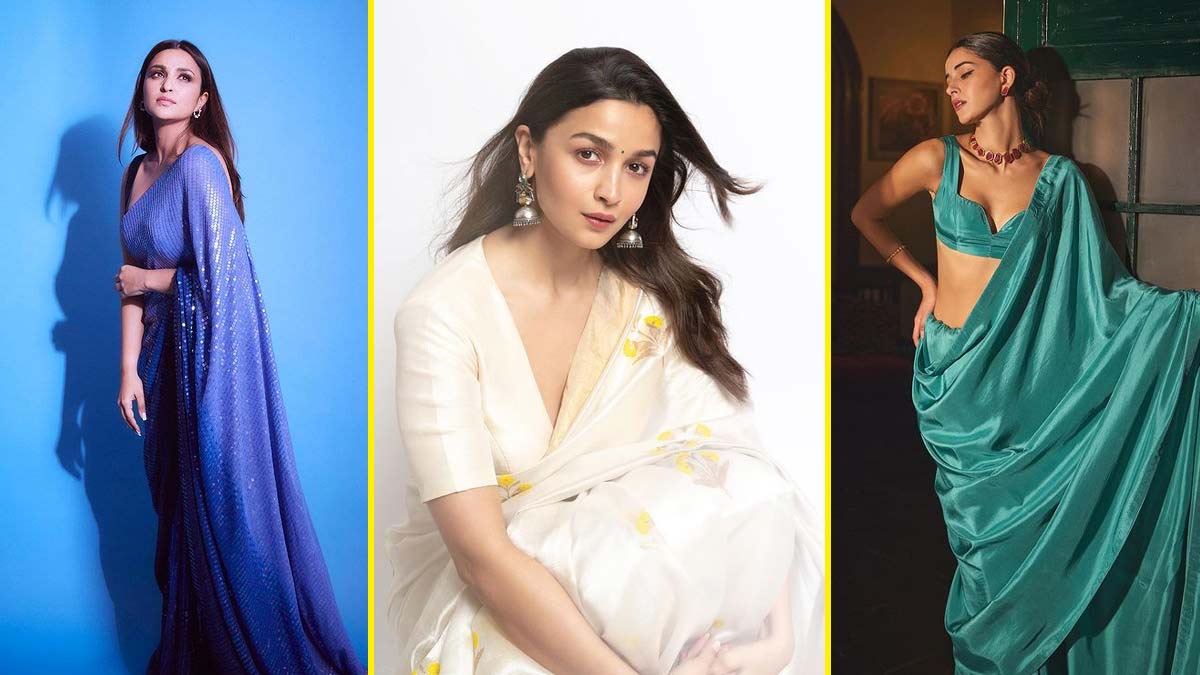
Navratri, the festival that spans nine nights, is one of the most auspicious and widely celebrated festivals in India. Dedicated to the worship of Goddess Durga in her nine forms, each day of Navratri holds special significance, marked by a distinct color that carries deep spiritual and cultural meaning. As we prepare for Navratri 2024, let’s explore the nine colors associated with each day, their significance, and how they inspire devotion, positivity, and harmony.
Day 1: Yellow
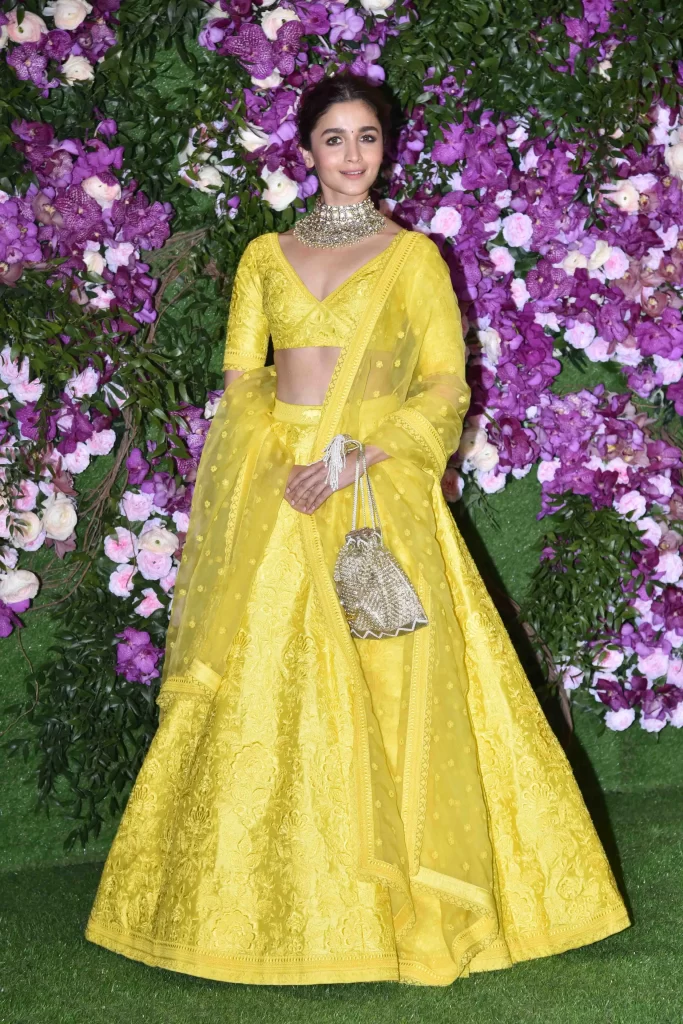
On Thursday, embrace the uplifting energy of yellow as you celebrate Navratri with optimism and joy. This warm and cheerful color symbolizes happiness and radiates positivity, keeping you in high spirits throughout the day.
Day 2: Green
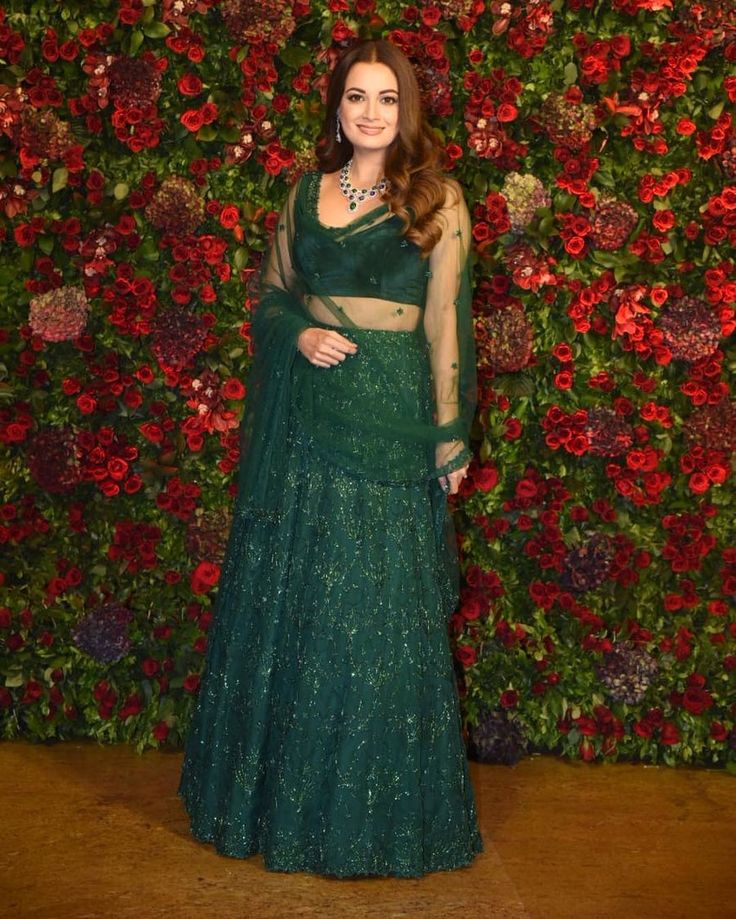
On Friday, wear green, a color that represents nature, growth, and harmony. It evokes a sense of peace and serenity, while also symbolizing new beginnings. Let the vibrant energy of green invite tranquility and the blessings of the Goddess into your life.
Day 3: Grey
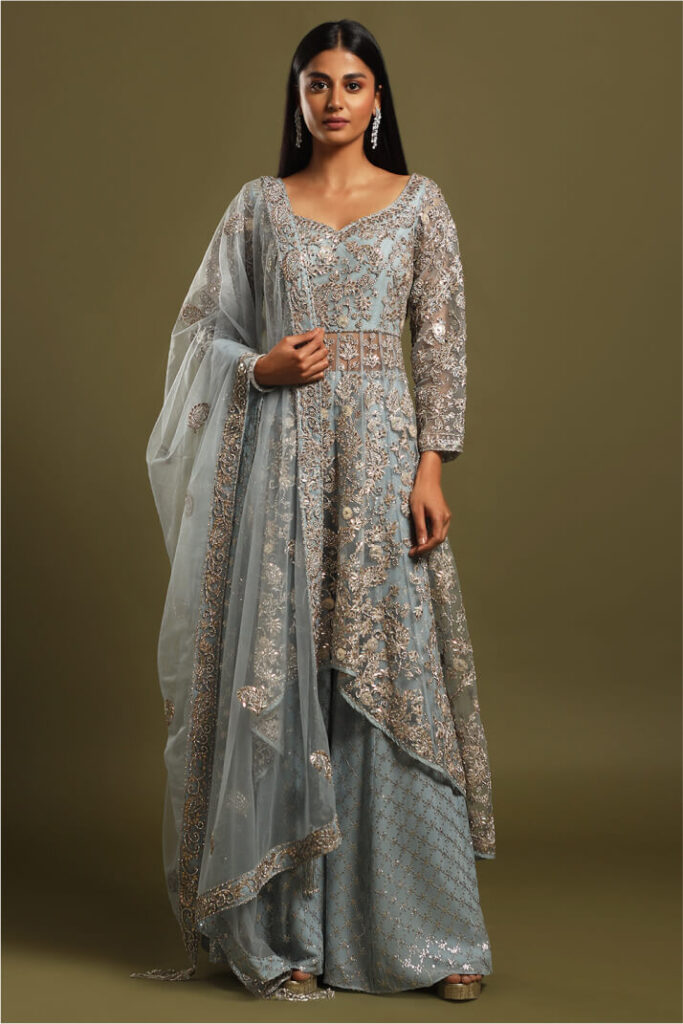
Saturday calls for the subtle sophistication of grey. This balanced color keeps you grounded and calm, symbolizing composure and understated elegance. It’s perfect for those who want to participate in Navratri with grace while making a refined style statement.
Day 4: Orange
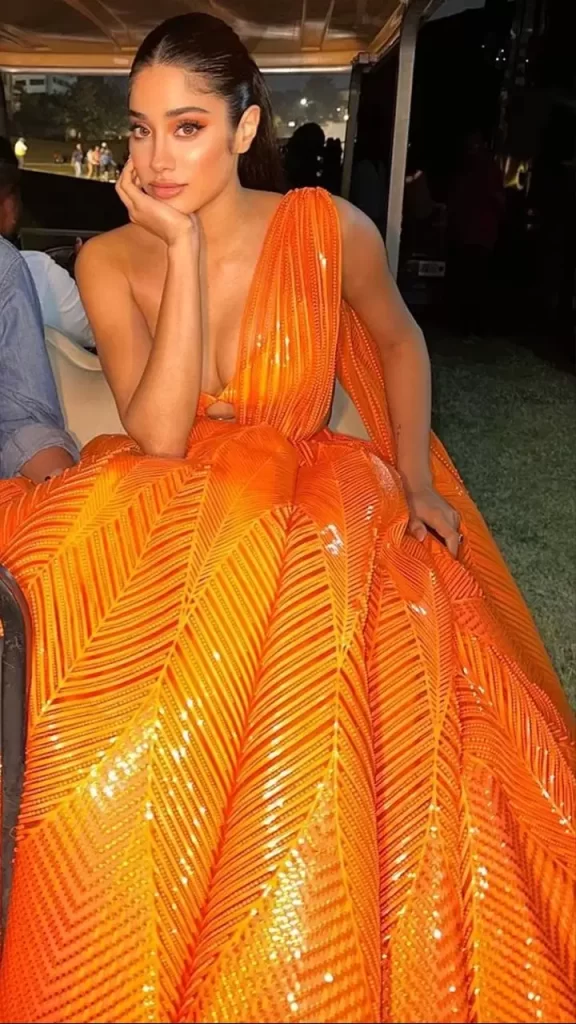
On Sunday, adorn yourself in the vibrant hue of orange. This color embodies warmth, exuberance, and positivity. Wearing orange during Navratri invokes an upbeat energy, bringing vitality and a lively spirit to your celebrations.
Day 5: White

Start your Monday with the purity and serenity of white. Associated with innocence and spiritual clarity, this color invites inner peace and helps you connect with the divine blessings of the Goddess, offering a sense of security and calm.
Day 6: Red
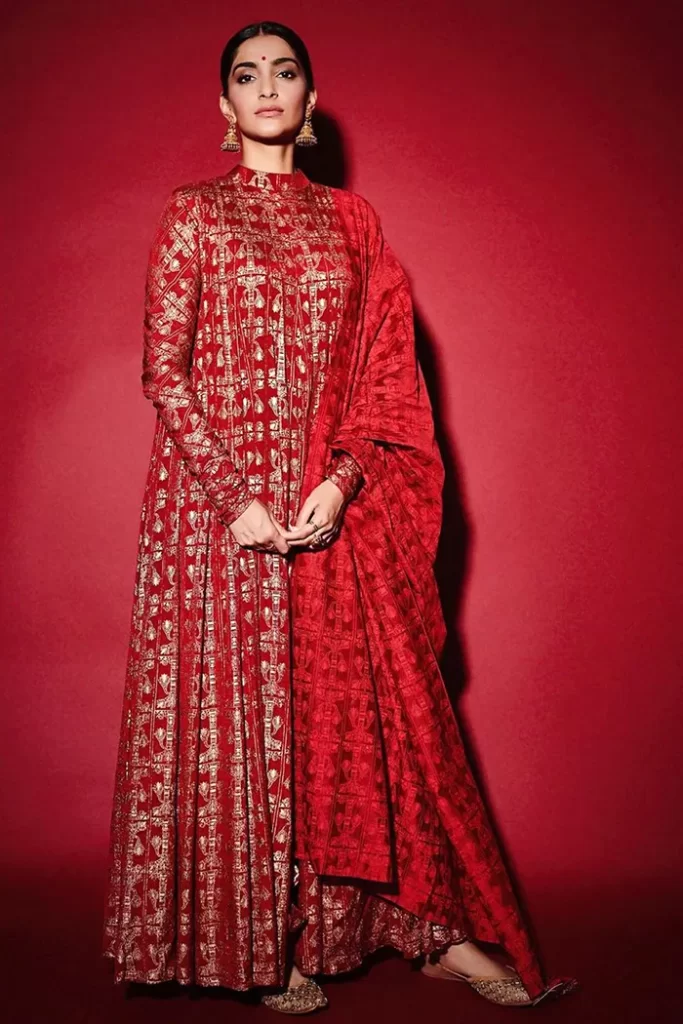
On Tuesday, red takes center stage, symbolizing passion, love, and strength. As one of the most auspicious colors, red is often offered to the Goddess in the form of a Chunri. Wearing red fills you with energy, vigor, and the vibrant spirit of Navratri.
Day 7: Royal Blue
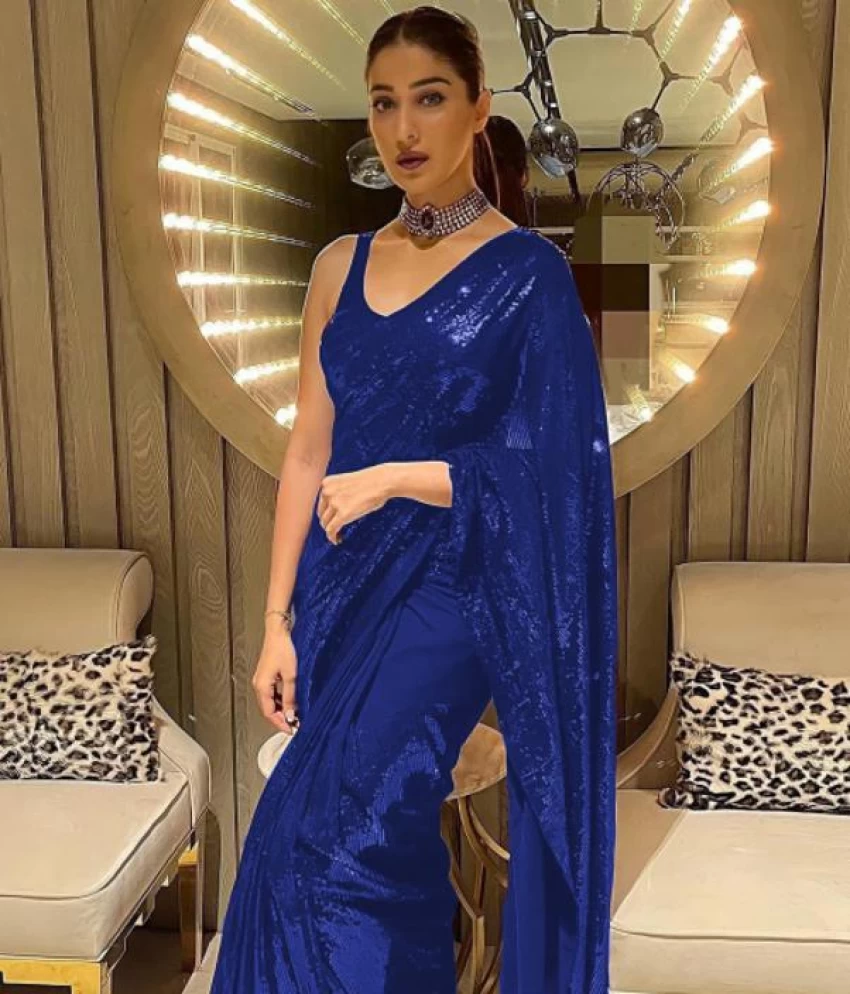
Wednesday’s color is royal blue, representing elegance, richness, and tranquility. This deep, vivid shade of blue exudes confidence and sophistication, making it an ideal choice for those who want to celebrate Navratri with style and grace.
Day 8: Pink
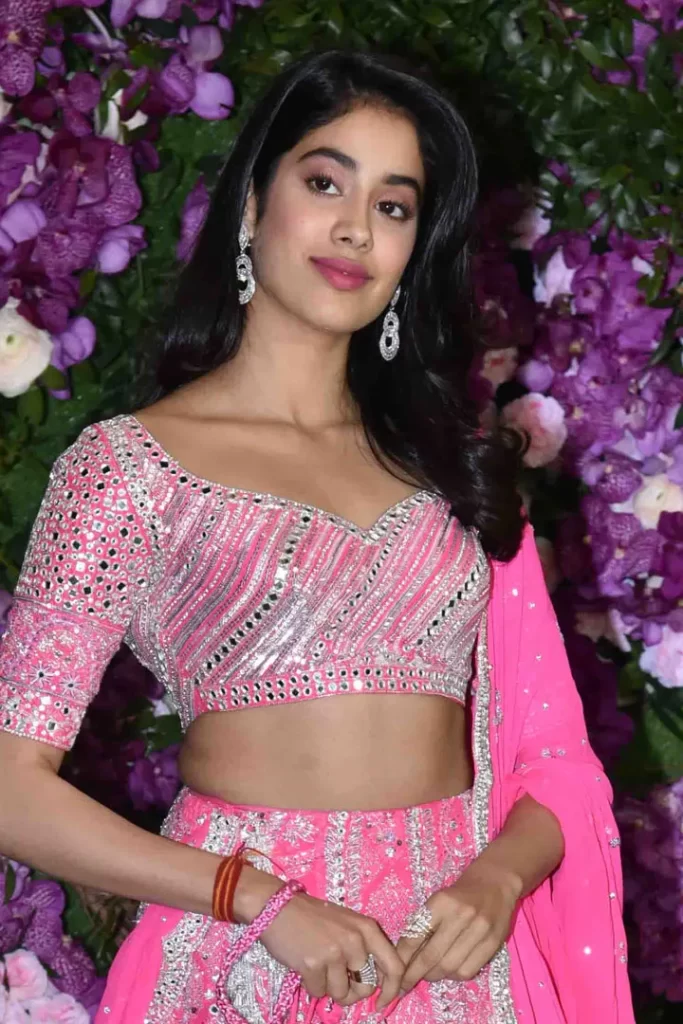
On Thursday, don the charming hue of pink, a symbol of universal love, affection, and harmony. Pink is a color that adds a soft touch of warmth and approachability, making it perfect for creating a loving and joyful atmosphere during the festivities.
Day 9: Purple

On the final day of Navratri, purple takes the spotlight. Associated with luxury, nobility, and grandeur, purple invites opulence into your life. Wearing this regal color while worshipping Navdurga bestows blessings of prosperity and richness, making it the perfect way to end your Navratri celebrations.
Art
Exploring the Rich Tapestry of Indian Art: A Journey Through State-Wise Traditional Paintings

India’s artistic heritage is a vibrant mosaic, reflecting the diverse cultural traditions of its states. Each region has its unique style of painting, with techniques and themes passed down through generations. Let’s delve into some of the most iconic traditional paintings from different states of India.
1. Madhubani Painting (Bihar)

Originating from the Mithila region of Bihar, Madhubani painting is known for its intricate patterns, bold colors, and themes inspired by nature, mythology, and folk tales. Traditionally, these paintings were done on mud walls, but now they are also created on cloth, handmade paper, and canvas.
Distinctive Features: Use of natural dyes, double outlines, geometrical patterns, and motifs like flowers, animals, and deities.
2. Pattachitra (Odisha and West Bengal)

umaid art
Pattachitra, meaning ‘cloth painting,’ is an ancient art form from Odisha and West Bengal. These paintings depict mythological narratives, especially around Lord Jagannath, and are characterized by their intricate details and mythological themes.
Distinctive Features: Fine detailing, elaborate borders, vibrant use of colors, and the use of natural ingredients for dyes.
3. Warli Art (Maharashtra)
Warli art is a form of tribal painting from Maharashtra, traditionally done by the Warli tribe. It primarily uses white pigment on a mud base to depict daily activities, such as farming, hunting, and dancing, in a minimalistic yet expressive manner.
Distinctive Features: Simple geometric shapes like circles, triangles, and squares, which represent different elements of nature and human life.
4. Tanjore Painting (Tamil Nadu)

Tanjore (or Thanjavur) paintings, originating from Tamil Nadu, are known for their rich colors, surface richness, compact composition, and use of gold foil. They often depict Hindu gods and goddesses, with a focus on Lord Krishna and other deities.
Distinctive Features: Use of vibrant colors, gold leaf, and inlay work with semi-precious stones on wooden boards.
5. Pichwai Painting (Rajasthan)

Pichwai paintings, hailing from Rajasthan, are intricate paintings that portray the life of Lord Krishna, especially in the Nathdwara temple. These paintings are traditionally done on cloth and used as wall hangings behind the deity in temples.
Distinctive Features: Detailed depiction of Lord Krishna’s life, use of bright colors, and the portrayal of various scenes from the Bhagavad Purana.
6. Phad Painting (Rajasthan)
Phad painting is a narrative scroll painting from Rajasthan, where the stories of folk deities like Pabuji and Devnarayan are depicted. The paintings are done on long pieces of cloth and are used in religious storytelling.
Distinctive Features: Bold lines, earthy colors, and the depiction of deities and their exploits.
7. Kalamkari (Andhra Pradesh)

Kalamkari, literally meaning ‘pen work,’ is an art form from Andhra Pradesh that involves hand-painting or block printing on fabric. The themes are largely mythological, with stories from the Ramayana and Mahabharata being common subjects.
Distinctive Features: Intricate handwork, natural dyes, and a distinctive color palette dominated by earthy tones.
8. Pithora Painting (Gujarat and Madhya Pradesh)

Pithora paintings, created by the Rathwa and Bhilala tribes of Gujarat and Madhya Pradesh, are done on the walls of their houses. These paintings are part of a ritual to invite the gods and ensure prosperity and happiness.
Distinctive Features: Vibrant colors, ritualistic significance, and the depiction of gods, animals, and scenes from daily life.
9. Chitrakathi Painting (Maharashtra)

Chitrakathi is a traditional art form from the Maharashtra-Karnataka border, where paintings are used as visual aids in storytelling. These paintings often accompany performances that narrate stories from epics like the Ramayana and Mahabharata.
Distinctive Features: Simple yet expressive figures, use of natural colors, and the narrative style.
10. Saura Art (Odisha)

Saura art is a form of mural painting by the Saura tribe of Odisha. It is similar to Warli art but has its unique elements, depicting the tribe’s daily activities, rituals, and deities.
Distinctive Features: Monochrome palette, linear style, and the depiction of nature and community life.
The diverse painting styles of India offer a glimpse into the country’s rich cultural heritage. Each state’s art form is a testament to the creativity and traditions that have been nurtured for centuries. By exploring these traditional paintings, we not only appreciate their beauty but also connect with the stories and values that have shaped India’s cultural landscape.
Art
The Microscopic Handbag Phenomenon: MSCHF’s Bold and Tiny Louis Vuitton Creation

In the realm of fashion, innovation knows no bounds, and the boundary-pushing collective known as MSCHF constantly proves this point. Their latest creation, a microscopic handbag inspired by Louis Vuitton, has taken the industry by storm, captivating fashion enthusiasts around the globe. Breaking free from traditional size constraints and redefining functionality, this miniature accessory has ignited curiosity and sparked a sensation. Join us as we delve into the extraordinary world of MSCHF’s microscopic handbag, exploring its origins, unique features, and the remarkable buzz it has generated.
MSCHF, renowned for their unconventional and thought-provoking projects, partnered with luxury fashion house Louis Vuitton to unleash a game-changing collaboration. Together, they birthed a surprising twist on the classic handbag, pushing the boundaries of scale to an entirely new level. The microscopic handbag challenges the norm and introduces an audacious new concept.

Measuring a mere 1.5 inches in height, the microscopic handbag is a masterpiece of miniaturization. This whimsical accessory captures the essence of a traditional Louis Vuitton purse, complete with the iconic monogram pattern and signature leather trim. Despite its minuscule size, it exudes luxury and craftsmanship, embodying the brand’s prestige and aesthetic.
The MSCHF microscopic handbag represents a captivating fusion of fashion and art. It blurs the lines between these creative realms and prompts us to question our perception of material possessions. Through this micro-sized wonder, MSCHF challenges our understanding of fashion’s role in society and invites us to contemplate the value we attach to material goods.
Since its introduction, the microscopic handbag has caused a viral sensation across social media platforms. Its diminutive size and unexpected collaboration have captivated fashion enthusiasts and sparked intriguing discussions. This extraordinary creation serves as a catalyst for conversations about fashion trends, the power of satire in design, and the evolving landscape of the industry. Once again, MSCHF has successfully captured the attention of the fashion world, pushing boundaries and reshaping our perception of what is considered fashionable.
MSCHF has cemented its legacy as a disruptive force in the fashion and art realms. Their innovative and thought-provoking projects consistently challenge norms and captivate audiences. With the microscopic handbag, they have once again showcased their ability to generate intrigue, spark conversations, and inspire wonder within the industry.
In conclusion, the MSCHF microscopic handbag stands as a testament to bold creativity and audacity in the world of fashion. Its tiny size and unexpected collaboration with Louis Vuitton have shattered conventional handbag design and ignited curiosity on a global scale. This extraordinary creation not only exemplifies the artistry and innovation of MSCHF but also invites us to reflect on the ever-evolving nature of fashion and its profound impact on our collective imagination. As we eagerly anticipate MSCHF’s next groundbreaking venture, one thing is certain: they will continue to redefine the boundaries of what is possible in the world of fashion.
-

 Style11 months ago
Style11 months agoBridal Guide : Best Looks of Radhika Merchant Ambani
-

 Fashion1 year ago
Fashion1 year agoMost Discussed Ajrakh Saree of Alia Bhatt
-

 Entertainment1 year ago
Entertainment1 year agoThe Most Stylish Guests of Bhagya Suresh Reception
-

 Entertainment1 year ago
Entertainment1 year agoBridal Bliss : All Bridal Looks of Swasika Vijay
-

 Movies1 year ago
Movies1 year agoA Nostalgic Journey Through Love &Cinema : Best Bollywood Romantic 90s Movies
-

 AD8 months ago
AD8 months agoPopular Curtain Fabrics to Consider for Your Home
-

 Fashion1 year ago
Fashion1 year agoMajor Denim Trends You Need To Know in 2024
-

 Events9 months ago
Events9 months agoBest of Fashion Looks : Diya Krishna Wedding











































